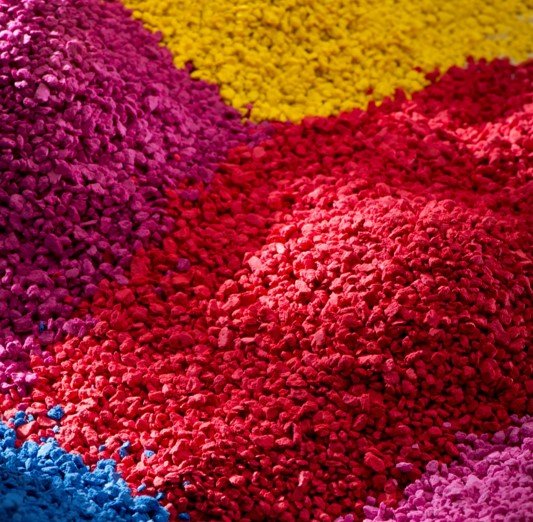Applications
Understanding and characterising the thermal properties of your sample is essential in a variety of applications.
We have developed a range of sample characterisation systems to suit your needs. Whether you need to cool your sample to cryo temperatures, heat it up to 1500°C or put it under vacuum or high pressure, we have a system for you.
Follow the links below to explore our products and learn how scientists are using Linkam stages as part of their sample characterisation solutions.
Read more about research using Linkam systems:
Fluid inclusions are microscopic bubbles of liquids and gases that are trapped during the formation of crystals in various geological environments.
Cryo correlative light electron microscopy (cryo-CLEM) is a powerful technique that combines the advantages of cryo-fluorescence microscopy and cryo-electron microscopy to study biological samples in their near-native state. Cryo-CLEM allows researchers to identify and locate specific molecules of interest within the ultrastructure of cells or tissues, revealing the molecular mechanisms of life.
What is hot stage microscopy? A technique that uses temperature control systems to study materials at high temperatures and observe thermal phenomena.
At Linkam we get really excited about new technology. This week we’ve been trying out ChatGPT, the new AI everyone is talking about, and decided to interview it about Linkam.
Cryo-EM, cryo-tomography, Single Particle Tomography (SPT) and cryo-CLEM (Correlative Light and Electron Microscopy) have become standard tools for the investigation of protein 3D structures, cellular structures and more in the last decade. Despite the progress with cryo-EM instruments and automated sample loading and imaging the routine preparation of cryo-samples can be challenging.
Read how researchers at Huddersfield University used the Linkam DSC450 that combines Differential Scanning Calorimetry with Optical observation to gain additional insights into the properties of different materials.
Wearable electronics and sensors are becoming increasingly popular and will play an important role in the future of smart technology including those within sport and medical applications.
New research indicates hot-melt extrusion produces predictable, high drug loading amorphous solid dispersions.
Humidity plays a role in the functioning and lifetime of many products, from foods to pharmaceuticals and from polymers to metals. It can significantly impact the properties of a material, such as its cosmetic surface, and mechanical and chemical properties.
NEED MORE INFORMATION?
Complete the form below and one of our sales experts will be in touch.





















Discover the process of characterisation of the mechanical properties of samples through mechanical force testing using optical hot stage microscopy. This includes everything from tensile strain testing to 3-point bending experiments, with temperature and environmental control.